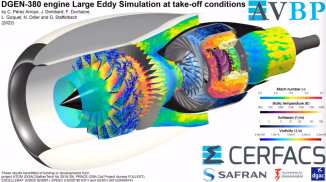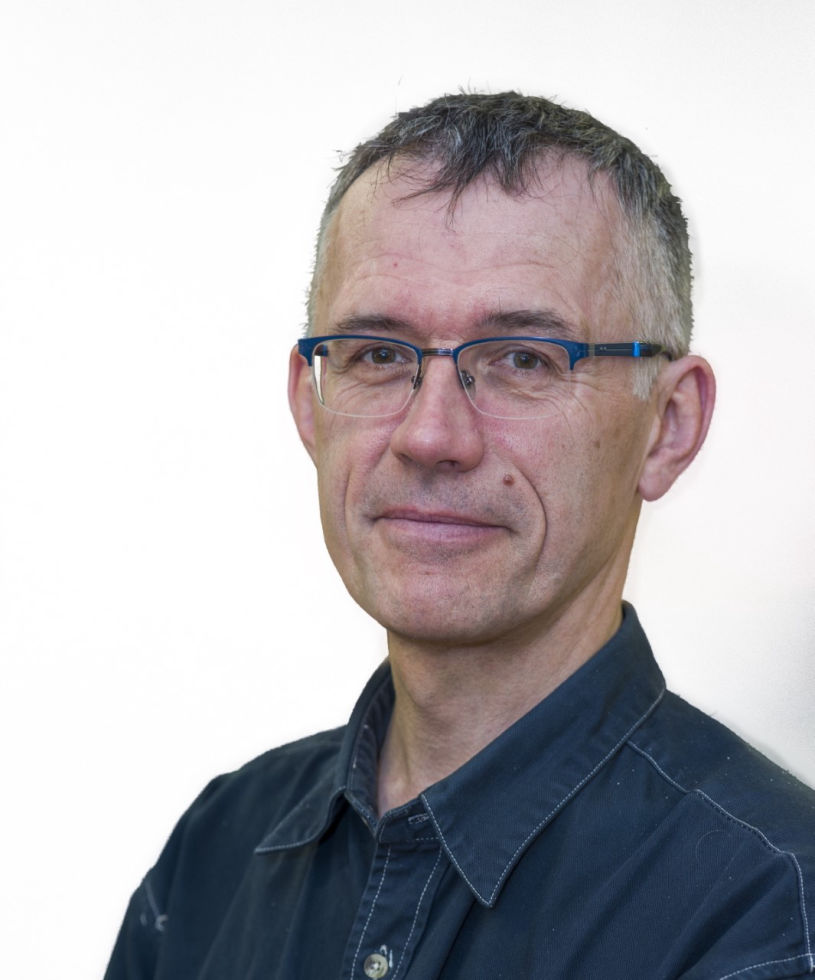Plenary Speaker
Biography
Dr Thierry Poinsot is a research director at CNRS (Institut de Mécanique des Fluides de Toulouse), senior researcher at CERFACS, senior research fellow at Stanford University, consultant for various companies and member of the French Academy of Sciences. His work focuses on combustion, energy, propulsion, numerical methods, High Performance Computing. He has authored more than 230 papers in refereed journals and 200 communications. He is the author of the textbook "Theoretical and numerical combustion" with Dr D. Veynante and one of the editors in chief of «Combustion and Flame ». He is the leader of two ERC (European Research Council) grants on combustion and hydrogen: INTECOCIS (intecocis.inp-toulouse.fr) and SCIROCCO (cerfacs.fr/scirocco).
Can Hydrogen Become an Important Energy Vector for Transportation? The Case of Aircraft.
T.J. Poinsot
Abstract
While combustion of fossil fuels is obviously a main cause for global warming, combustion may actually also be a significant part of the solution to this problem: going to renewable energies will be impossible if new, massive capacities for energy storage are not developed. This is exactly what hydrogen solutions can bring through the development of Power to X solutions where H2 is produced from renewable energies, stored in large quantities for long periods of time before being burnt when needed. Combustion becomes a method to store and recover the energy of renewable sources. This hydrogen can then be used for many applications requiring energy, for example in the field of transportation. We will discuss the specific case of the hydrogen aircraft which is probably the most extreme application of hydrogen energy.
Such an application requires significant advances in combustion science, in terms of kinetics and flame structures, explosion safety, flame control, burner design. This talk will summarize the main challenges for H2 aircraft development and provide first simple examples of hydrogen studies for aircraft in terms of engine design and safety scenarios. It will also highlight the role of High Performance Computing to design new engines and analyze safety scenarios.

Figure 1: Numerical simulation of a full aircraft gas turbine (Credits: C. Perez Arroyo, J. Dombard)

